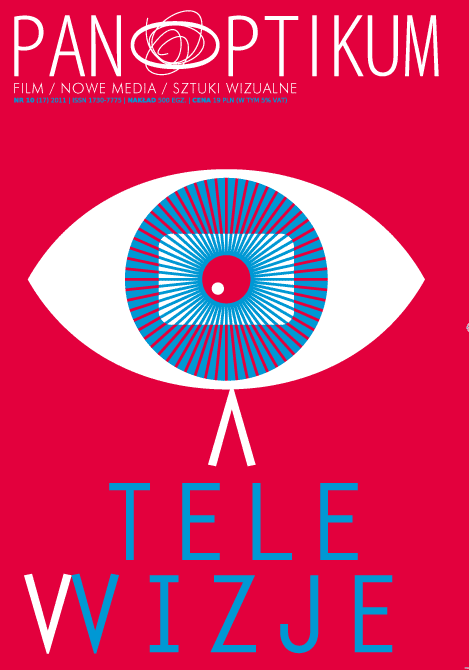Boogiepop Phantom jako przykład telewizyjnego progresywnego „anime”
Abstrakt
Japanese animation (anime) is one of the most important phenomena of contemporary popular culture. Inspirations from anime can be seen in Asian and Western feature cinema, Western animation, Western comic books and both Asian and Western video games, cultural and ideological aspects of anime and anime fandom (“otakus”) become objects of intense studies. However, as scholarly interest in anime grows, various technical and terminological difficulties become apparent, not least among them the problem of genre. Is anime a film genre or a form of animated medium, are characteristic types of anime (such as “magical girl” or “mecha”) genres, sub-genres or simply “types”? And what about classic film genres that appear in Japanese animation, like science fiction, horror, crime drama, where do they fit? These questions multiply in case of a unique and special type of Japanese animation known as “progressive anime”, paradoxical and imprecise group of works distinguished by breaking conventions, artistic, aesthetic and intellectual innovations, by turning familiar tropes and clichés on their head and, at least sometimes, presenting ideologically subversive and progressive message. In this paper I try to show the complexity and diversity of Japanese animation by analyzing one of the less known, but very interesting examples of progressive anime – short television series called “Boogiepop Phantom”. I show three main aspects that make this series different, original and innovative enough to warrant a progressive anime label. Firstly, multimedia strategy: “Boogiepop Phantom” is part of “Boogiepop” franchise started with series of novels by Kohei Kadono, however unlike most franchises that went from the paper to the screen, it is far from being simply adaptation of any particular novel, being instead not only direct continuation of the first and fourth books of the cycle, but also expansion of philosophical ideas on which all franchise is based. The result is a very peculiar relationship between television series and its written source material, kind of symbiosis in which both are fully understood and appreciated only in correlation. Secondly, narrative innovation based on disjointed chronology, stream of consciousness and repetition of events from various points of view. Apart from making the series intellectually demanding, unusual storytelling is connected with strange ontology of Boogiepop world and with its themes of memory, time, loss and change. Thirdly, the discourse of gender manifested in most of the protagonists being female characters, often independent, strong willed, even heroic. Not only there is no hint of sexual objectification common in popular anime shows, but one of the episodes directly criticizes and deconstructs objectification that forms the basis of popular video-games, and damage they can cause to normal human relations.

 Uniwersyteckie Czasopisma Naukowe
Uniwersyteckie Czasopisma Naukowe





